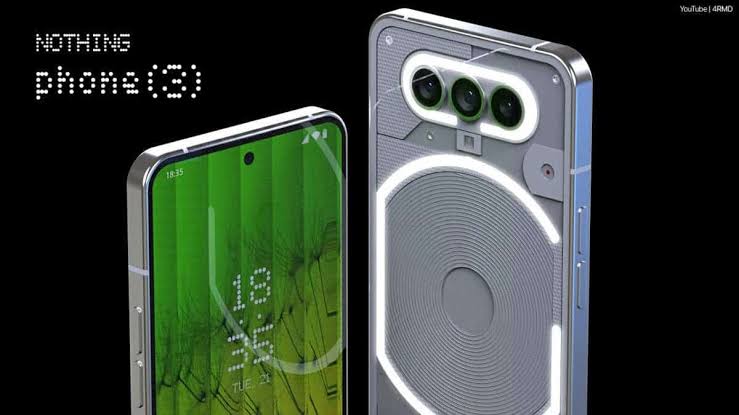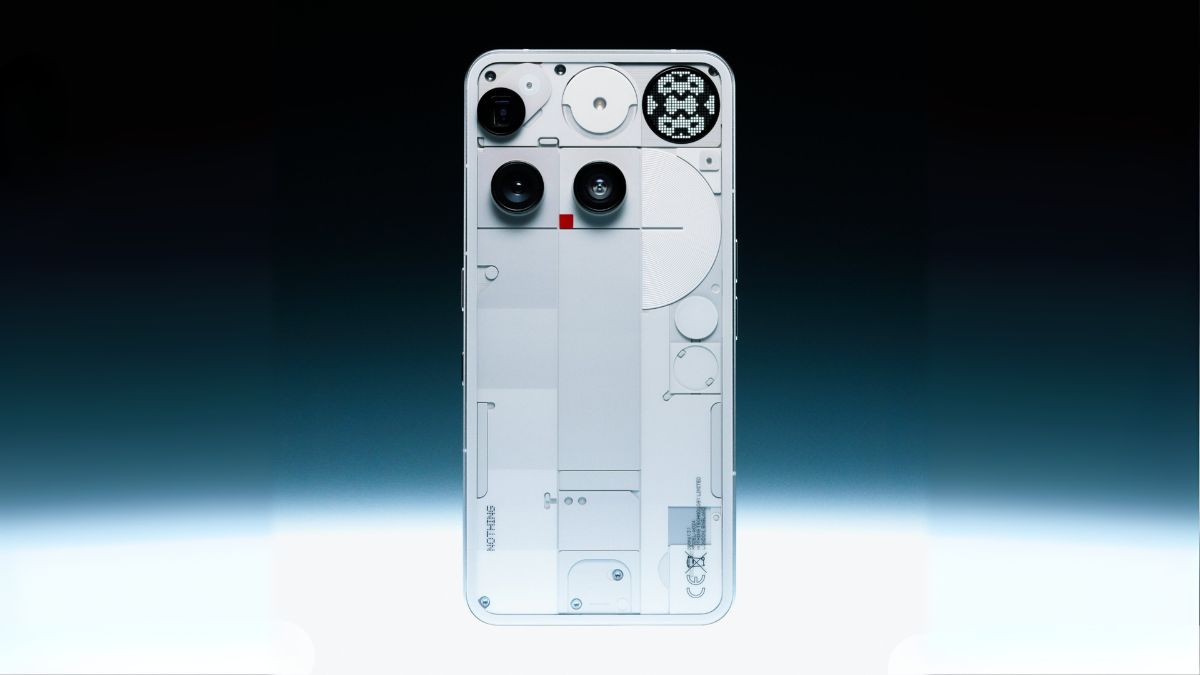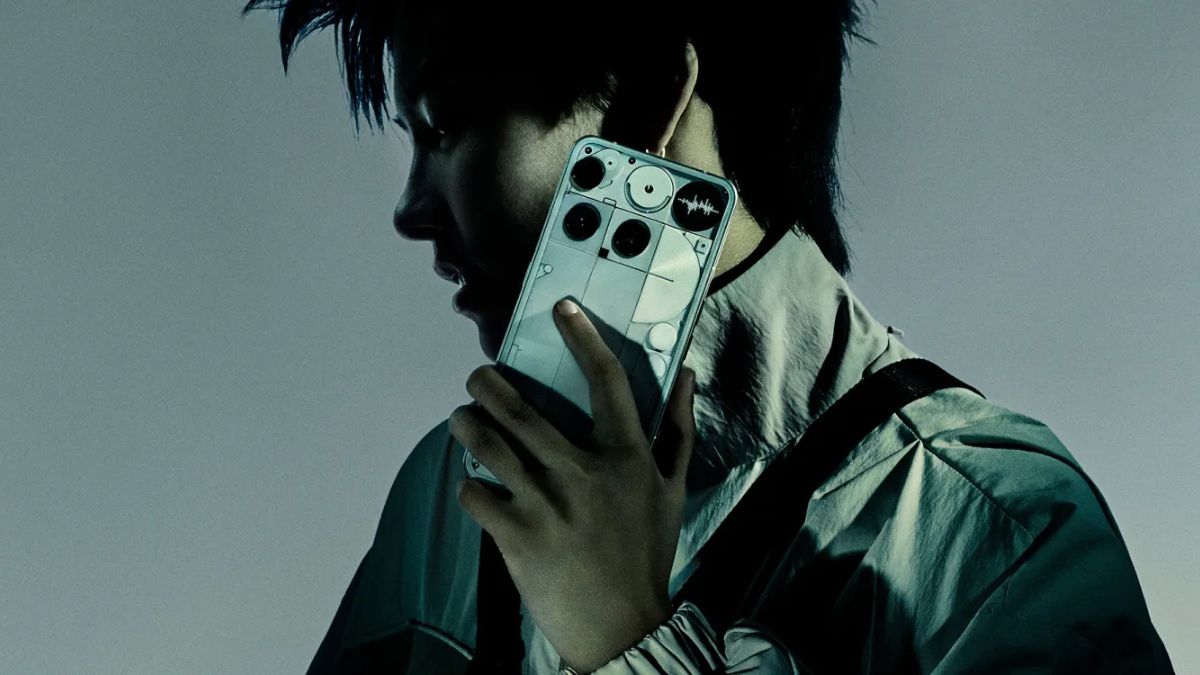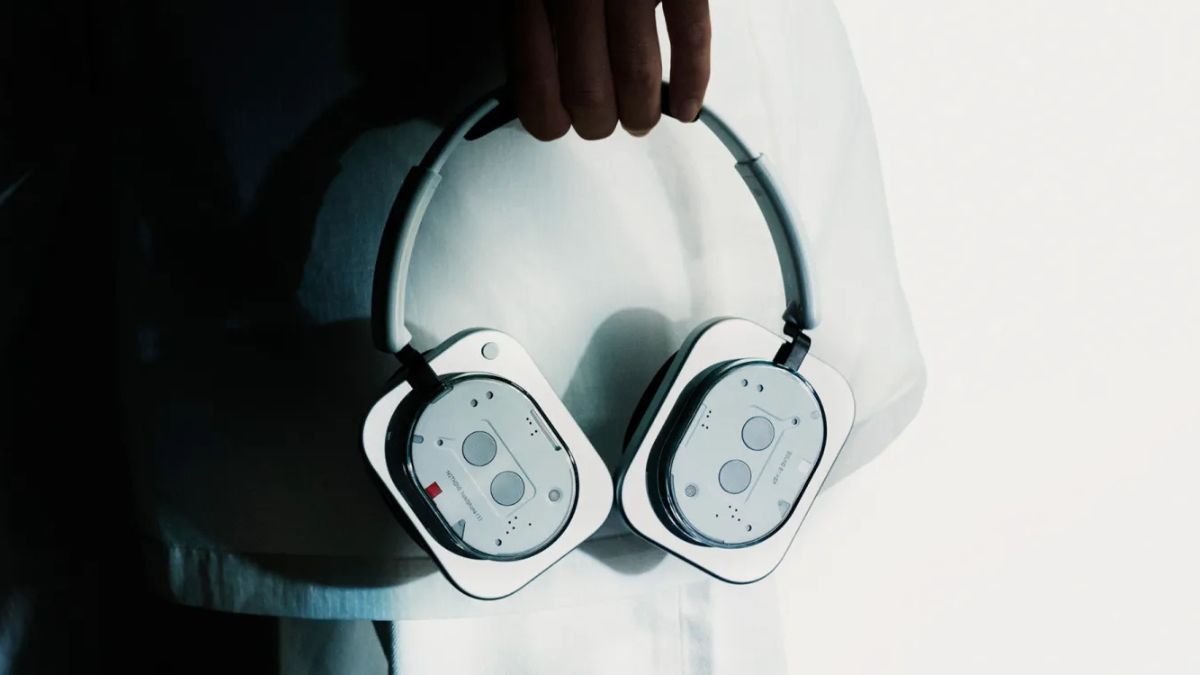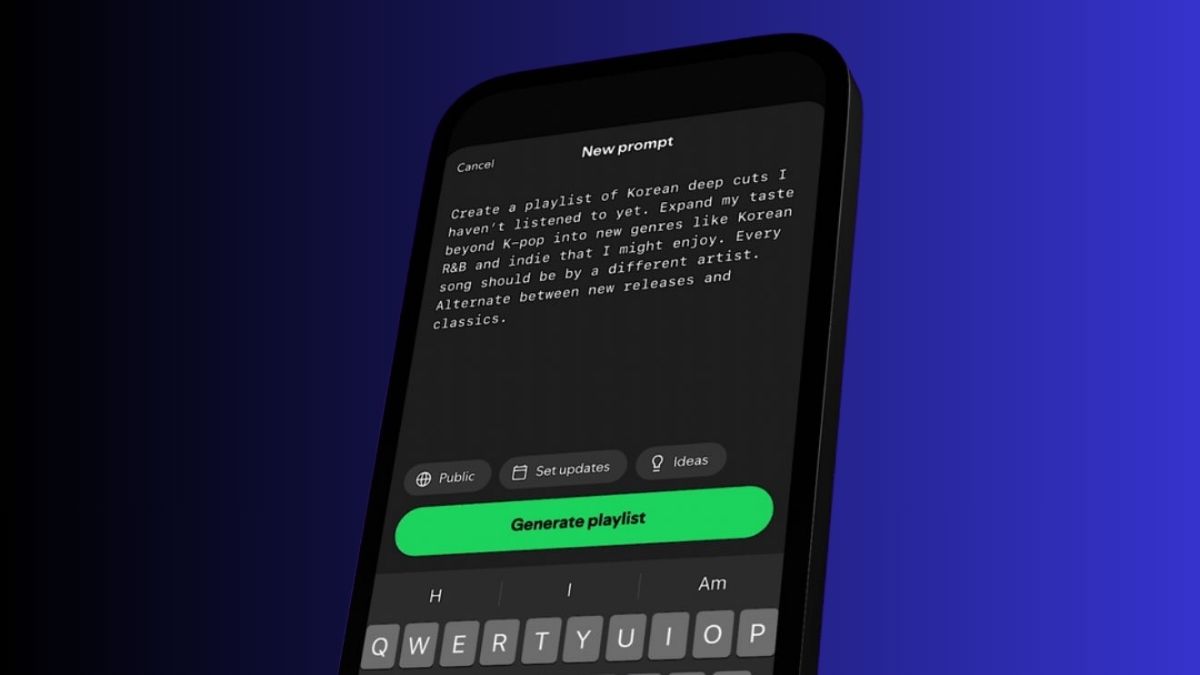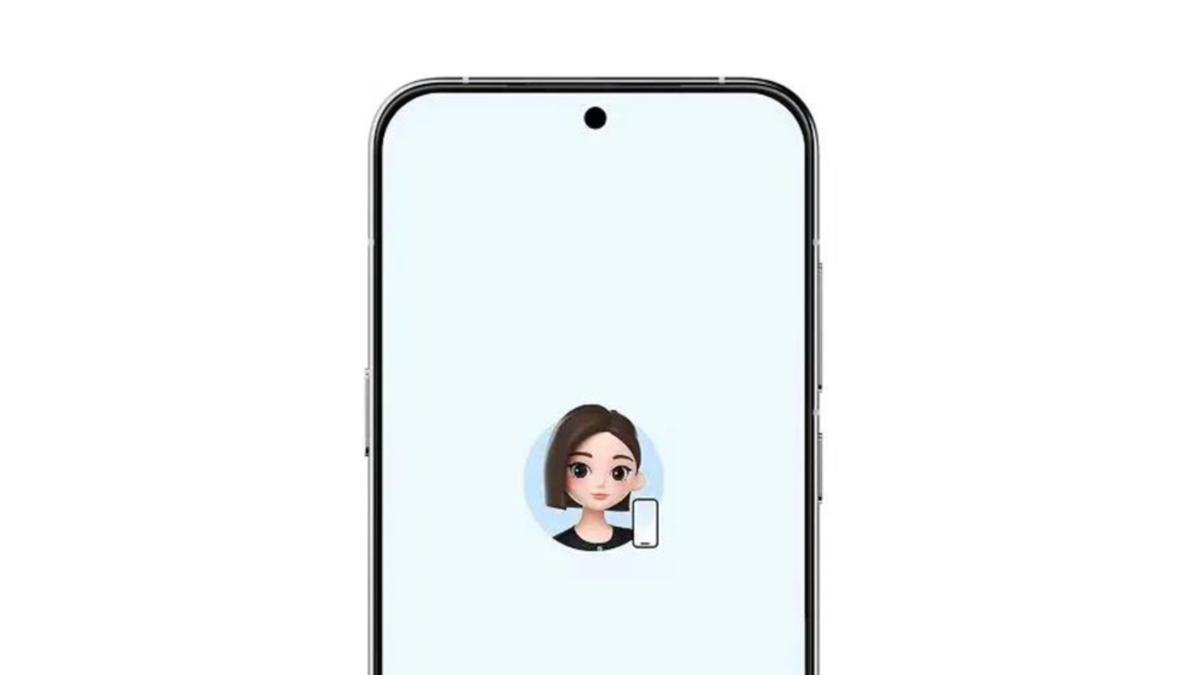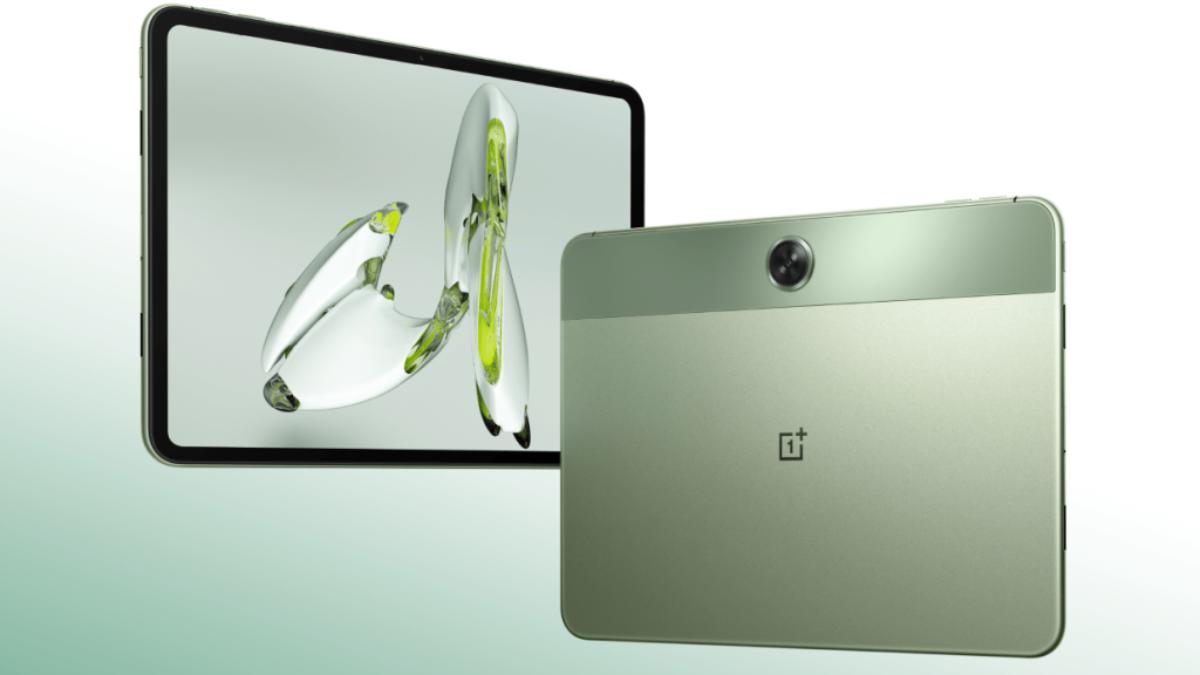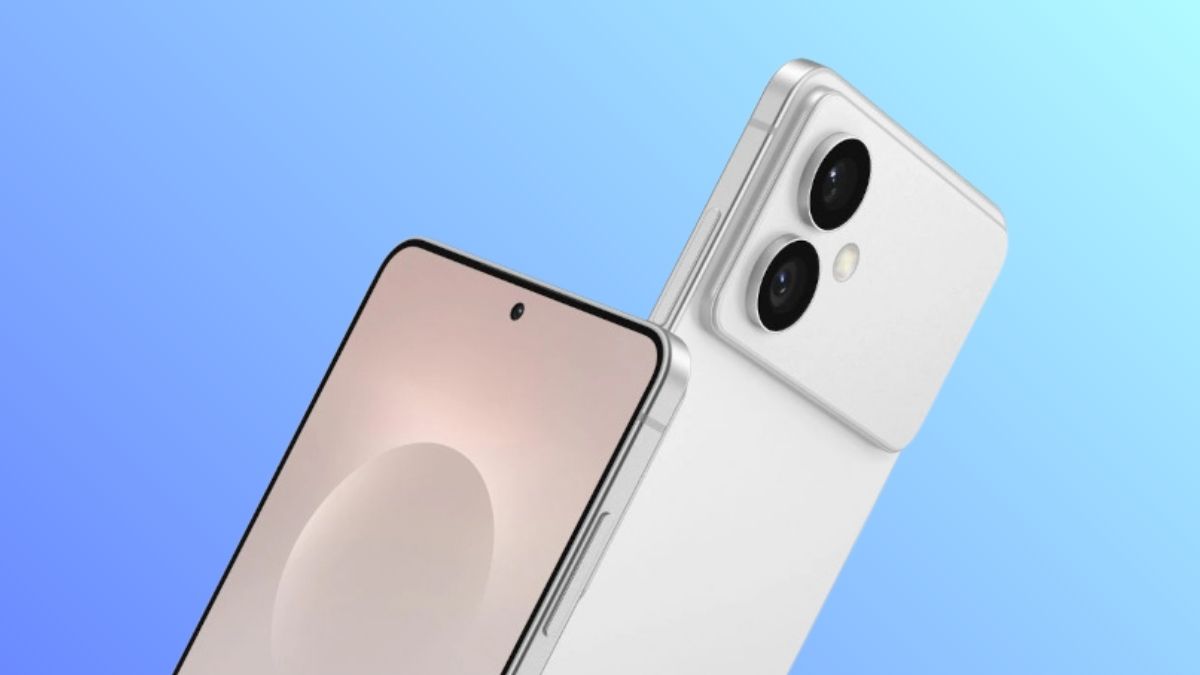The Nothing Phone (3) is officially launching on July 1, 2025, bringing major upgrades and some surprising design changes. The phone will be available in the US and Canada, with full support for AT&T and T-Mobile 4G and 5G bands. This marks a bigger push into the North American market.
Under the hood, the Phone (3) will feature the Snapdragon 8s Gen 4 processor. This chip sits just below Qualcomm’s flagship Snapdragon 8 Elite but still offers flagship-level speed. It uses one Cortex-X4 core at 3.2GHz for power and several Cortex-A720 cores for everyday tasks. While it’s not the most powerful chip Qualcomm offers, it should still outperform last year’s Snapdragon 8 Gen 3 in many areas.
One of the biggest surprises is the removal of the Glyph LED lights on the back. Leaks show a semi-transparent back panel, keeping Nothing’s signature style but without the flashing lights or rumored dot-matrix display. The camera island looks smaller than the one seen on the Phone (3a) Pro. The phone will include a triple 50-megapixel camera setup with ultrawide and 3x optical zoom telephoto lenses, a clear upgrade from the dual cameras on the Nothing Phone (2).
The design features rounded edges and curved frames, making it more comfortable to hold. It’s also expected to have a 6.77-inch AMOLED display for sharp visuals and smoother scrolling. The phone will likely come in two versions: 12GB RAM with 256GB storage and a premium 16GB RAM with 512GB storage. A Walmart listing has already revealed these configurations.
Prices are expected to start at $799 for the base model and go up to $899 for the higher-end version. In the UK, pricing will be around £800, placing the Phone (3) firmly in the flagship smartphone category.
Nothing is promising premium materials, major performance boosts, and an improved software experience with the new phone. While battery capacity details are still unknown, leaks suggest it will have a large battery to match its premium specs.
With its cleaner look, strong hardware, and focus on photography, the Nothing Phone (3) is set to compete with flagship devices from Google, Samsung, and Apple. Its success will depend on how well users accept the removal of the Glyph lighting, one of the features that made Nothing phones stand out.

